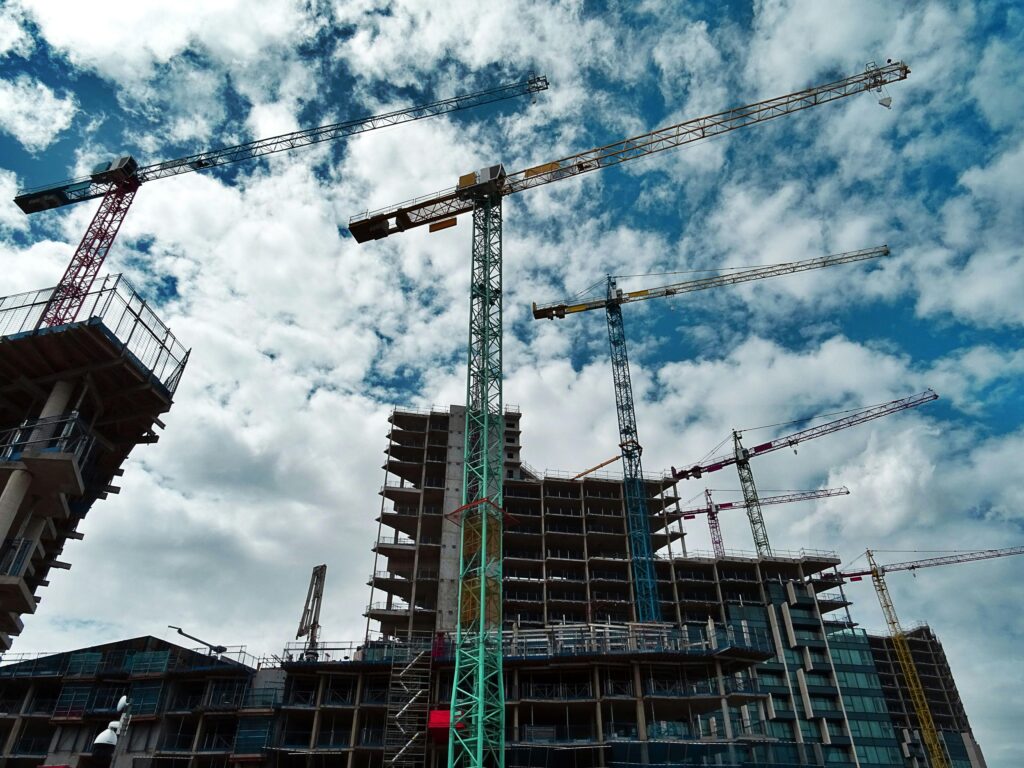The BREEAM New Construction Version 7 (V7) technical manuals (UK and International) pre-release proposed changes have been announced. Having received a comprehensive summary document and access to review and provide feedback on the version manual we’ve highlighted the details here in this blog with the key BREEAM Version 7 benchmarks, modelling and summary criteria as:
- Greater convergence with other BREEAM schemes
- Enhanced guidance on net zero carbon strategies
- Updated energy performance benchmarks
- Improved support for operational energy modelling
- Alignment with EU taxonomy classification criteria.
About BREEAM Technical Manuals
The technical manuals underpin the assessment process, offering clear guidance to assessors and project teams and detailing the issues to consider, how they should be assessed and scored within the methodology for sustainability. This version describes an environmental performance standard against which new, non-domestic buildings can be assessed to achieve a BREEAM New Construction rating. The manuals set out how the highest BREEAM scores can be achieved, which ultimately encourages innovative performance improvement and drives better sustainability performance.
Significance of BREEAM New Construction Manual
The manual sets a standard for assessing the environment performance of new buildings globally. For use by professionally trained, qualified and licensed BREEAM Assessors and for general information use for Non-BREEAM Assessors.
BREEAM Version 7 (V7), the first modular update, is the latest standard of the BREEAM schemes with a streamlined trajectory to net zero, looking to reward buildings as they shift to transition away from fossil fuels. Set to update across multiple BREEAM schemes, with the first being BREEAM International New Construction and BREEAM UK New Construction, that will align with energy and carbon science data.
Decarbonising the Buildings and Construction Sector by 2050
With the buildings and construction sector by far being the largest emitter of greenhouse gases, they account for a staggering 37% of global emissions. Driving a critical need to decarbonise the industry by 2050 in order to limit climate change.
Why the Need for Change?
In order to achieve decarbonisation, the sector needs to:
- Improve operational energy performance,
- decrease the carbon footprint of building materials
- and minimise the energy used in the construction of buildings.
Part of the phasing towards net zero is in decarbonising the grid and stopping use of onsite combustion fossil fuels. In preparation, intelligent energy use within buildings can reduce carbon emissions from the built environment and with long lifecycles on new buildings and infrastructure they need resilience in being able to adapt to the expected continual cycle of climate changing conditions to come.
The new BREEAM V7 is set to address the above, as well as continuing to create a holistic view within the built environment to respond to occupant comfort and wellbeing as well as the minimisation of harm to the natural environment and its restoration.
As a part of their Executive Summary for the new assessment standards, BRE group have stated that, “BREEAM V7 is the next version of the world-leading sustainability assessment for the built environment. This update provides investors, developers/owners, and specifiers with assurance that they are on track with net zero targets, help contribute to ESG goals, and drive sales and rental values. BREEAM New Construction V7 is more accessible and transparent, continuing to drive performance through design and construction stages – regardless of building type, space use, building age or performance – to deliver better performing buildings that minimise environmental impacts, support occupant health and wellbeing and create, grow and protect financial value.”
To view the summary of updates and expected changes you can access them via the BRE Group website here.
Rapid Summary of BREEAM New Construction V7
With buildings globally accounting for more than 30% of energy and attributing to more than a quarter of emissions, this update aims to align BREEAM benchmarking, certification criteria and building assessments with the latest scientific data on energy efficiency and net zero carbon, focusing on whole life carbon. Emphasizing a building’s performance rather than specific processes and metrics as well as adding value to work alongside additional reporting frameworks such as GRESB, CRREM and EU Taxonomy. Enabling consistent carbon measurement and comparability throughout a building’s lifecycle across the suite of BREEAM standards. Continually focusing on improved outcomes towards a more sustainable built environment, reflecting the latest scientific and industry thinking as well as challenging the market to innovate and create cost-effective solutions of minimal negative impact.
The full V7 release is expected in late 2024, as the next, world leading, sustainability assessment for the built environment. Embodying the BRE Global mission to, ‘Protect People, Property and the Planet.’

